What are the benefits of monitoring your blood pressure?
First, it allows for more frequent measurements. Blood pressure can fluctuate throughout the day and can be affected by a variety of factors such as stress, caffeine, and physical activity. By monitoring your blood pressure at home, you can track these fluctuations and identify patterns that may not be apparent during occasional office visits.
Effects of Caffeine for blood pressure monitoring
Drinking caffeine before taking your blood pressure can lead to inaccurate readings. Caffeine is a stimulant that can cause an increase in blood pressure. Consuming caffeine just before taking your blood pressure can cause your reading to be higher than it would be otherwise. This can be especially problematic for people with hypertension or who are at risk for it, as it can lead to unnecessary treatment or medication changes. Additionally, caffeine can also affect the variability of blood pressure throughout the day, It can cause the blood pressure to be higher in the morning and lower at night, this can be misleading for the patient and the healthcare provider. It's best to avoid caffeine for at least 30 minutes to an hour before taking your blood pressure. This will help ensure that your readings are as accurate as possible. If you're a regular caffeine consumer, it's important to mention this to your healthcare provider and try to take your blood pressure at the same time each day, so they can take this into account when interpreting your readings. It's important to note that monitoring your blood pressure is just one aspect of maintaining good heart health. A healthy diet, regular physical activity, and not smoking are also important factors. Your healthcare provider can help you develop a personalized plan to manage your blood pressure and reduce your risk of heart disease.
Second, home monitoring can help identify "white coat hypertension," which occurs when a person's blood pressure is elevated in a medical setting but is normal at other times. This can lead to unnecessary treatment and medications.
What is white coat hypertension?
White coat hypertension, also known as "white coat syndrome," is a phenomenon where a person's blood pressure is higher when measured by a healthcare provider in a clinical setting, such as a doctor's office, compared to when it is measured at home or in other non-clinical settings. This increase in blood pressure is thought to be due to the anxiety and stress associated with visiting a healthcare provider, rather than a true indication of hypertension. People with white coat hypertension may have normal blood pressure when measured at home but will have elevated readings when taken by a healthcare provider. This can lead to a misdiagnosis of hypertension and unnecessary treatment. White coat hypertension is more common in older adults and affects around 20-30% of individuals with elevated blood pressure in clinic setting. To accurately diagnose hypertension and distinguish it from white coat hypertension, doctors may recommend that patients measure their blood pressure at home using an automatic blood pressure monitor. Additionally, ambulatory blood pressure monitoring (ABPM) - measuring blood pressure at regular intervals over 24 hours - may also be used to confirm a diagnosis of hypertension and help differentiate it from white coat hypertension.
Third, home blood pressure monitoring can also be used to monitor the effectiveness of lifestyle changes or medications. By tracking your blood pressure over time, you and your healthcare provider can determine whether changes to your diet, exercise routine, or medication regimen are having a positive impact.
How medication can affect blood pressure readings
Medication can have a significant effect on blood pressure readings. Some medications, such as diuretics and ACE inhibitors, are specifically used to lower blood pressure. They work by reducing the amount of fluid in the body, which in turn reduces the workload on the heart and blood vessels. Beta blockers, calcium channel blockers, and angiotensin receptor blockers are also commonly used to lower blood pressure. On the other hand, some medications can raise blood pressure. These include non-steroidal anti-inflammatory drugs (NSAIDs), such as ibuprofen and naproxen, and oral contraceptives. It is important to inform your doctor of all medications that you are taking, as they can affect blood pressure readings and may need to be adjusted accordingly.
Fourth, home monitoring also helps keep the patient involved in their own healthcare and also help them to be more proactive in taking care of their health.
Lastly, home monitoring can be especially beneficial for people who have been diagnosed with hypertension (high blood pressure) or who are at risk for it. Regular monitoring can help prevent complications such as heart attack, stroke, and kidney damage.
Hypertension Risk Indicator (HRI) explained.
Hypertension risk indicator is a term used to describe factors that can increase a person's risk of developing hypertension, also known as high blood pressure. These risk indicators can include:
- Age: The risk of hypertension increases as a person gets older.
- Family history: If a person has a family history of hypertension, they are at an increased risk of developing the condition.
- Obesity: Being overweight or obese increases the risk of hypertension.
- Lack of physical activity: A sedentary lifestyle can increase the risk of hypertension.
- High salt intake: Consuming too much salt can increase blood pressure and contribute to hypertension.
- Alcohol consumption: Excessive alcohol consumption can increase blood pressure and contribute to hypertension.
- Stress: Chronic stress can increase the risk of hypertension.
- Smoking: Nicotine in cigarettes can constrict blood vessels and contribute to hypertension.
- Certain medical conditions: Certain medical conditions such as diabetes, kidney disease and sleep apnea can increase the risk of hypertension.
- Certain medications: certain medications such as birth control pills, non-steroidal anti-inflammatory drugs (NSAIDs) and decongestants can increase blood pressure and contribute to hypertension.
It's important to note that having one or more of these risk factors does not necessarily mean that a person will develop hypertension, but it does increase their risk. Regular monitoring of blood pressure and making lifestyle changes such as eating a healthy diet, regular exercise and avoiding smoking can help to lower the risk of hypertension.

It is important to note that home blood pressure monitoring should be done with a reliable and accurate device, and the results should be discussed with a healthcare provider to ensure proper interpretation and management.
Here's a good reason why you need the MY Healthstyle APP or the Rossmax APP to record your readings to share with your healthcare provider.




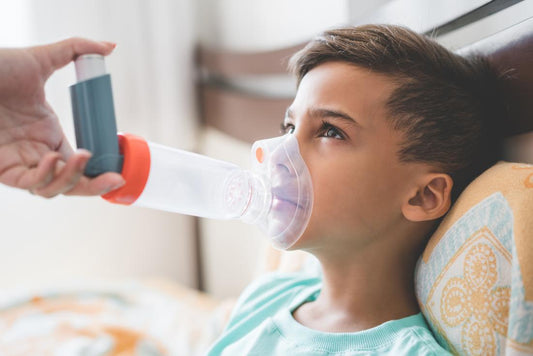
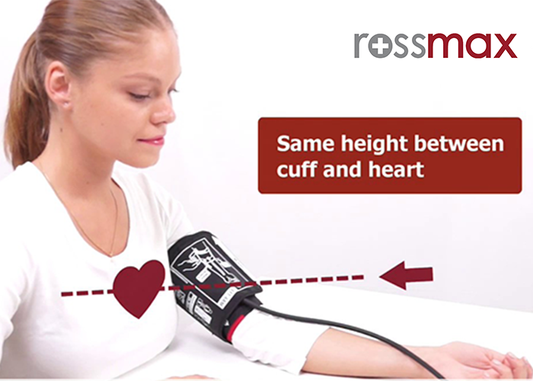
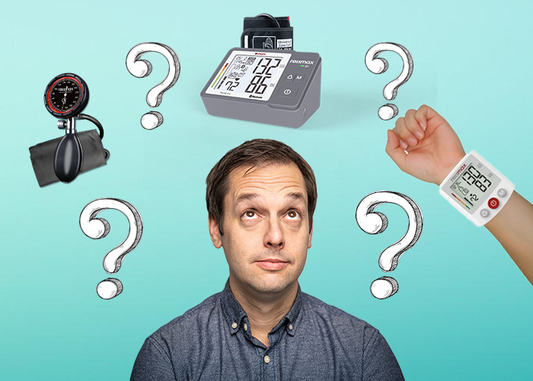

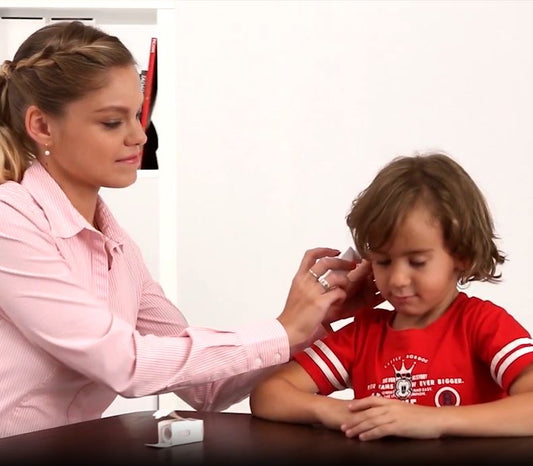

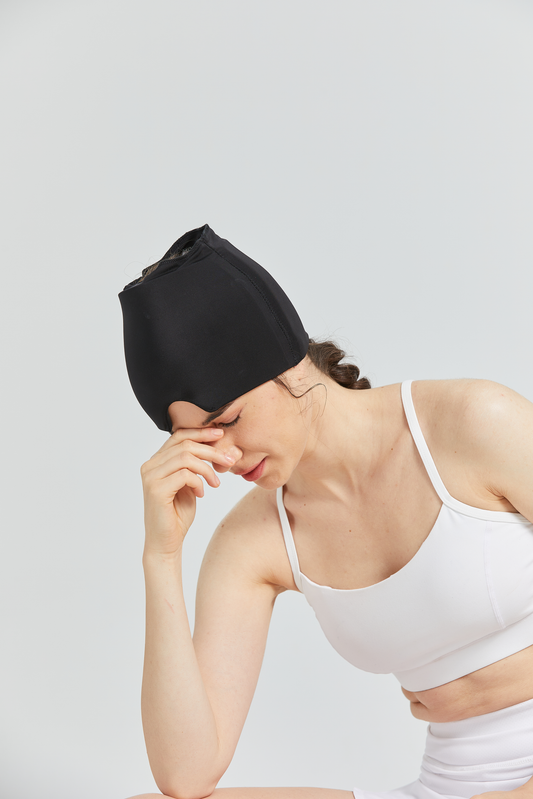
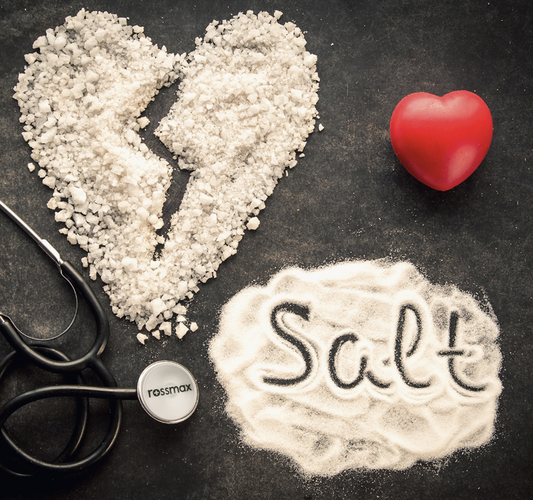


2 comments
Well explained article. Thank you.
Nice article. Thank you!